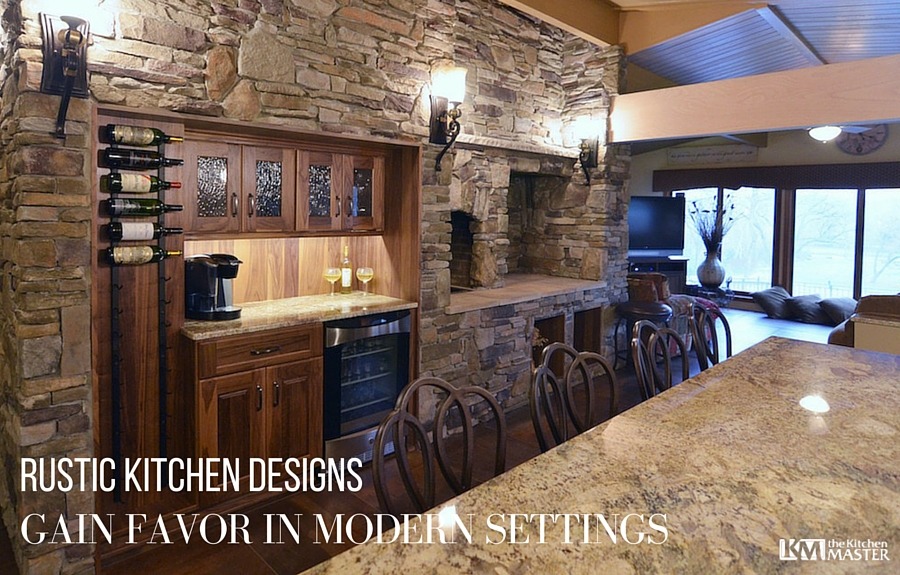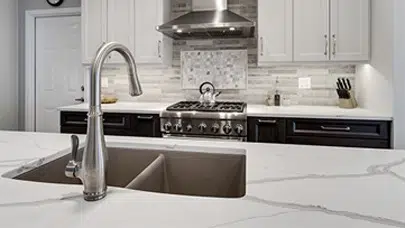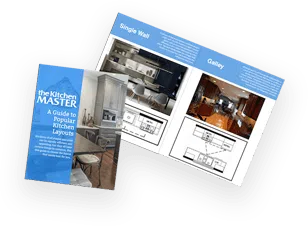Rustic Kitchen Designs Gain Favor in Modern Settings

There is something immensely satisfying about a rustic setting that looks as if it has evolved over time into a timeless statement of perfection. It’s the look of a Tuscany farmhouse, a Greek Island “taverna” or an Irish keeping room on a windswept bluff. Rustic, in terms of kitchen design can also be spiced with ethnic personality, as translated from colorful, tile-filled Mexican kitchens or simple Japanese designs. It’s certainly not a one-size-fits-all interpretation of a design ethic. And it’s not for everyone. But if the concept of rustic kitchen decor appeals to you, you have a lot of options.
How to Add Rustic Elements to Your Kitchen Remodel Project
Kitchen design today involves a lot of personal choices. As a general rule of thumb, make sure you take these three pointers into consideration when embarking on a kitchen remodeling project.
- Use a light touch, rather than a heavy hand.
- Rustic doesn’t have to mean rough, dark or primitive.
- Incorporate a variety of materials, finishes and individual elements to capture the timeworn appeal of rustic decor.
If you find pieces on vacation that you love, by all means incorporate that antique French butcher’s sign into your kitchen plan. Use hand painted tiles from Mexico to add spice to your Chicago kitchen; build a sturdy functional prep table from found barn timbers and top a baking center with a slab or marble from an old hotel demolition.
Use your imagination and your ingenuity, whether you basic design preferences tend toward traditional, Euro-modern or high-tech. In today’s kitchens, talented designers can make it all work together.
Start Slowly and Add Rustic Pieces Carefully
The best method for achieving a balanced look is to add a few rustic elements at a time. Consider installing a rustic chandelier in the breakfast area, trading your traditional upholstered seat chairs for peeled paint ladderbacks, or bringing in a comfortable rocker and a small tea table to place by a sunny kitchen window. Add some older baskets and buckets of seasonal flowers; replace your existing metal mini-blinds with woven wood shades and live with the small changes before proceeding to the next stage of a planned kitchen renovation.
When you feel ready, pore over examples of rustic design online and in architectural and interior design magazines. Hone your preferences and collect pictures of what “speaks” to you. Whether you want the whitewashed walls and dark brick floors of French cottage, or the pale bleached tones and finishes of a beach cottage doesn’t matter. Whatever makes you feel comfortable is the right direction, even if your existing kitchen is traditional.
The Two Faces of Rustic Design
While we most often think of adding rustic elements to a traditional or contemporary kitchen, the other side of the coin involves modernizing a kitchen space in a vintage barn, a Tudor traditional, a rural farmhouse, a mountain cabin or a lakeside cottage. If the shell itself has rustic elements that you want to keep, capitalize on that background by modernizing the look with some trendy elements and highlighting what already exists. Again, the deft mixing of materials and finishes can produce dramatic results.
The benefits of rustic design are that you can add and subtract as you wish and as your taste evolves over time. If you have questions about how to begin to add rustic appeal to your existing kitchen, visit The Kitchen Master showroom in Naperville to see a wide array of options in cabinets, finishes, fixtures and appliances. Why not contact us to schedule an appointment? One of our designers will be happy to spend time with you.
At The Kitchen Master, we’ve helped hundreds of clients create custom kitchens to make their homes more attractive, functional and inviting. Consider some of the following ideas as you plan your renovation to create the kitchen you’ve always imagined. 1. Practical and stylish cabinetry can enhance any kitchen. Kitchens with… Read more
View latest blog posts







